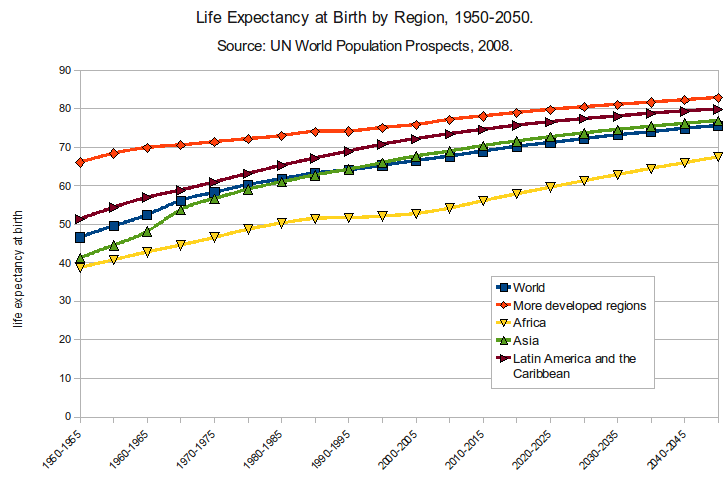Mihailo Karadzic
Mr. Youell
Science 9A
Top Science Stories
Water on Mars
(The dark narrow 100 meter long streaks are result of water being present on Mars. The blue colors represent the mineral pyroxene.) NASA/University of Arizona
NASA recently confirmed that water is indeed present on Mars thanks to their MRO(Mars Reconnaissance Orbiter). Using a device called imaging spectrometer they found hydrated minerals near dark narrow slopes as seen in the picture above. These minerals support the scientists’ hypothesis that there’s water on Mars. The water flow tends to intermittently disappear and appear again. During the warm seasons the slopes are darker and hydrated, whereas in the cold seasons the color of the slope goes light. When the temperature on Mars are above -10C then these hydrated dark streaks can be found in different places on Mars, when the temperature drops these streaks disappear. “Our quest on Mars has been to ‘follow the water,’ in our search for life in the universe, and now we have convincing science that validates what we’ve long suspected,” (John Grunsfeld a NASA astronaut.) The salt that is present in the water on Mars lowers the freezing point of water.
(In this image the dark 100m long streaks are result of water. This image is produced by High Resolution Imaging Science Experiment.)
Evidence of water on Mars was discovered in year 2000, when first noticed gullies suggesting that water is present. The formation of these gullies has been disputed over the years. The origin of water is still unknown.
The First Dinosaur that Lived On Water and Land
A cretaceous period dinosaur: the Spinosaurus exhibited at the National Geographic Museum in Washington, D.C ( National Geographic)
The fossilized remains of the Spinosaurus aegyptiacus were dug up in the Sahara in Morocco, Africa. Researchers have confirmed that this dinosaur was in fact the largest land carnivore ever to walk on Earth. The Spinosaurus is actually the only aquatic dinosaur that has ever been identified in other words no other marine dinosaur remains have been uncovered thus far.
“Spinosaurus breaks the mold. It’s not just another T. rex-like predator, only bigger,” says Nizar Ibrahim, the University of Chicago paleontologist who led the dig. Nizar Ibrahim went on to say that the bones of the Spinosaurus most resemble that of the penguins that live in the Antarctic.
Spinosaurus lived in the Cretaceous period (150-65 mil years ago) estimates say that it was actually around 95 mil years ago. This species inhabited massive river systems in modern day Northern Africa. This dinosaur had a crocodilian snout, big feet that may have been webbed, a large fish-like tail, and muscular hind limbs. It was a strong swimmer.
Based on CT scans and digital models created with the help of computers the science team from the University of Chicago discovered that the dinosaur’s limbs are not hollow. This is an adaptation that gave the Spinosaurus better control during swimming and this adaptation can be seen in the hippopotamus and the penguin.
Skeletal reconstruction by Ibrahim, et al. 2014, Science/AAAS
This dinosaur was 15 meters long and on its back it had a 2-3 meter-tall sail on its back. It’s posture was ungainly. It had a front-heavy mass and short hind limbs.
The Spinosaurus was discovered before (in partial findings), however this specimen was destroyed during WWII. The new finding was published in September 2015 in Science.Not all bodies act their age
People grow old at very different rates. The study out of Duke University examined health of almost one thousand 38-year olds. They found out that some look up to decade older, while others resemble years younger. Researchers decided that this so called “biological age” is based on body mass index, blood pressure and level of cholesterol. Question that has captivated scientists and public is “why some people can live to 120 with no disease, and others are already in bad shape at age 70” said molecular biologist Martin Hetzer from the Salk Institute.
Latest studies believe that molecular damage in cells might be the essence of ageing. Researchers have been comparing and analysing teeth of young and old people and discovered that young people have long stretches of DNA packed in neat bundles, while bundles of old people are not as stable or neatly packed. These bundles are also known as heterochromatins. By analysing teeth of people at different age, researchers have found out that the most of the people are premature ageing, meaning Werner Syndrom is present. Werner Syndrome is caused by the lack of Werner protein. It causes cell mutations like ageing, cataracts and osteoporosis while disorganising ones heterochromatin.
When the essential barrier of brain steam cell breaks down, it automatically triggers ageing of an individual. If the barrier of brain steam cell breaks down, it allows cellular junk to enter new cells which become numb and unable to produce. Another important barrier that must not be broken is blood-brain barrier. This barrier weekend over time and allows dangerous toxins in blood enter the brain, therefore people with weak blood-brain barrier have problems with memorising and learning.
Bibliography:
http://www.nasa.gov/press-release/nasa-confirms-evidence-that-liquid-water-flows-on-today-s-mars
http://www.space.com/17048-water-on-mars.html
http://discovermagazine.com/2015/jan-feb/9-first-dinosaur-to-menace-land-and-water


